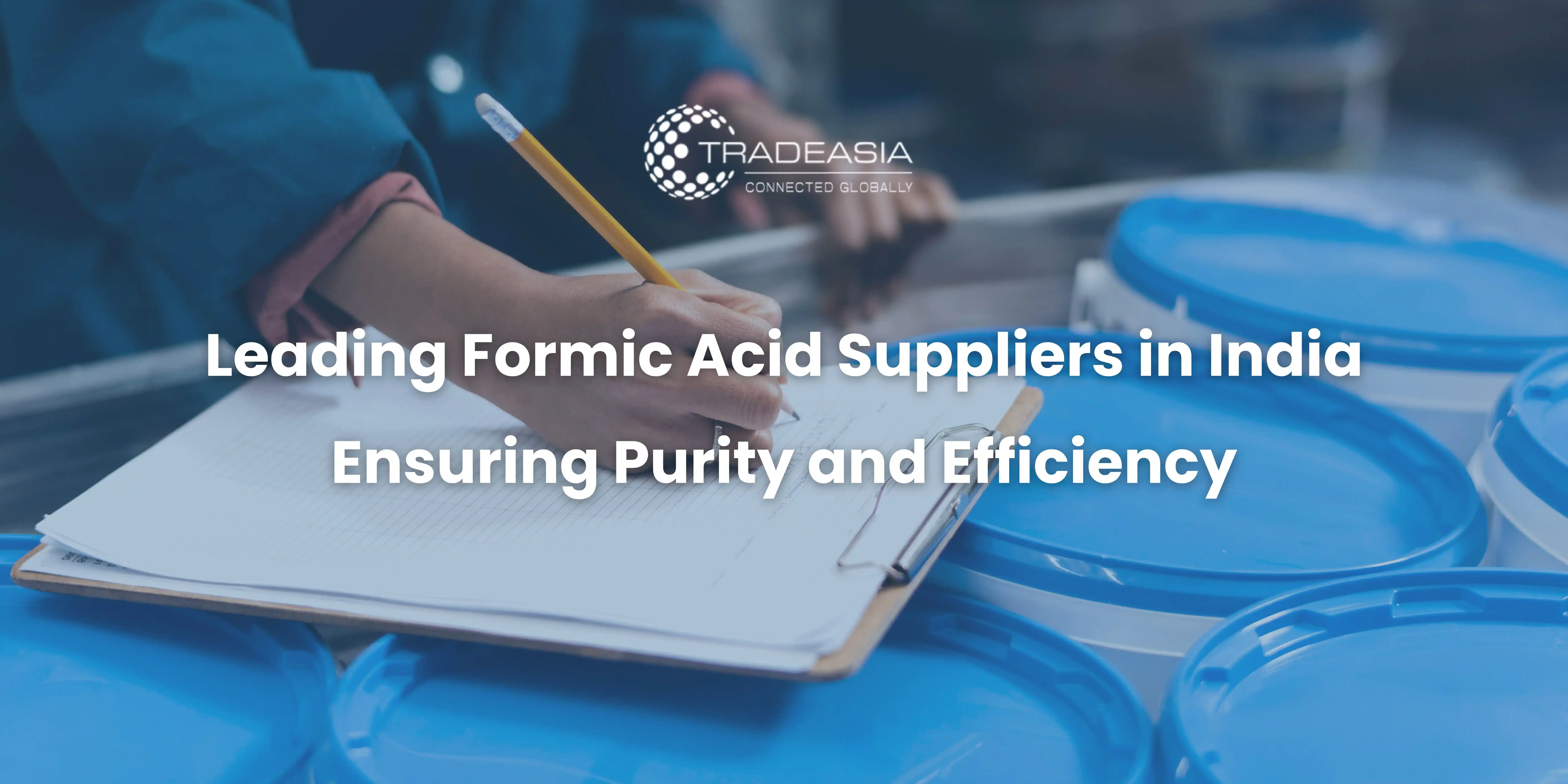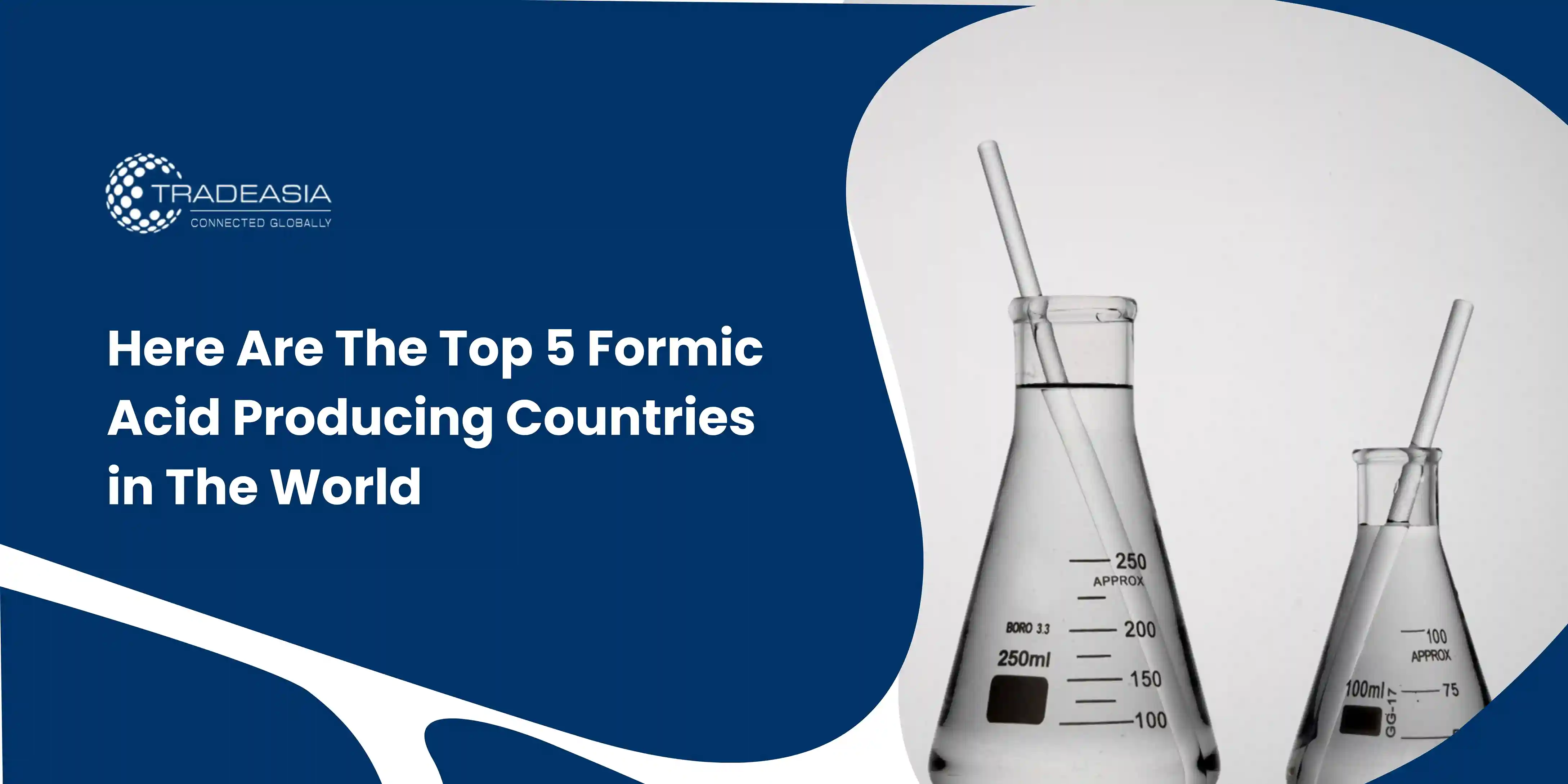Introduction to Formic Acid and Its Physical Properties
Formic acid, also known by its chemical formula HCOOH, is the simplest carboxylic acid and naturally occurs in ant venom. It is a colorless, pungent liquid commonly used across industries in India. The chemical is valued for its antibacterial properties and reducing nature, making it an essential agent in processing leather, preserving livestock feed, and manufacturing rubber and textiles.
One of the critical physical properties of formic acid is its density, which directly influences its usability in industrial settings. Density determines how the acid will behave under specific temperature and pressure conditions and whether it will mix properly in chemical formulations. As Indian industries demand precision in chemical characteristics, understanding this property becomes crucial.
According to data from the International Union of Pure and Applied Chemistry (IUPAC), formic acid has a density of 1.22 g/cm³ at 20°C, which is relatively higher than water. This gives it a heavier composition, influencing how it interacts in mixtures and with other compounds.
As demand for formic acid continues to rise in India, particularly in the leather tanning and rubber industries, knowing its density profile helps businesses improve formulation, mixing, and storage protocols for better efficiency and safety.
What is the Density of Formic Acid?
The density of formic acid is a measurable parameter that plays a role in determining its concentration and purity. At room temperature (20°C), the density of 100% pure formic acid is 1.220 g/cm³. As concentration decreases or temperature increases, the density also reduces, altering its application potential in industrial processes.
In practical terms, this density helps calculate volume-to-mass ratios, which are critical during procurement, storage, and mixing operations. For example, a 1-liter container of pure formic acid would weigh approximately 1.22 kilograms, which aids manufacturers in precise batching operations.
Moreover, the density is used to determine the acid’s concentration when diluted. For industries requiring specific dilution ratios—such as a 85% formic acid solution for leather processing—understanding the changes in density helps ensure consistency and effectiveness in treatment processes.
Indian manufacturers and chemical processors are increasingly relying on suppliers who can provide verified density data on Safety Data Sheets (SDS) and product specifications. This ensures compliance with Bureau of Indian Standards (BIS) regulations and prevents process inconsistencies or quality issues.
Why Density Matters in Industrial Applications
Density is more than just a numerical value; it's a performance indicator. In industries like textiles and rubber, where acid is used for coagulation or dye fixation, the wrong density can lead to ineffective processing, wasted materials, and compromised product quality. This is why industries across India insist on high-purity formic acid with consistent density readings.
For example, in the natural rubber industry, formic acid is used as a coagulating agent. If the density is off, the acid might not trigger coagulation efficiently, leading to rubber that’s too soft or poorly formed. Such inconsistencies directly affect product durability and increase production costs due to rework or waste.
In textile dyeing, formic acid assists in pH control. If its density is not within the acceptable range, pH control may be compromised, altering dye absorption rates and resulting in uneven coloring. Thus, density becomes a fundamental factor in maintaining production quality across large dye batches.
To avoid such risks, quality-driven industries in India are prioritizing suppliers like Chemtradeasia, who offer full technical specifications, including accurate density profiles, on their formic acid product lines.
Industries in India Relying on Formic Acid
Formic acid has broad applications across India’s growing industrial sectors. In the leather tanning industry, it is used to prepare hides by controlling pH and preserving proteins during processing. Accurate density ensures consistent results, critical to producing high-quality leather goods exported globally from cities like Kanpur and Chennai.
In the agriculture sector, formic acid is used as a preservative in silage and animal feed. Its density impacts the rate at which it is absorbed and how effectively it inhibits microbial growth, particularly during the monsoon season when spoilage risk is higher.
The rubber industry in Kerala and Tamil Nadu relies on it for latex coagulation. Since this process requires precise concentration levels, suppliers must provide formic acid with reliable density standards to support consistent output.
Additionally, textile and chemical manufacturing hubs in Gujarat and Maharashtra require bulk quantities of formic acid for dye fixation and chemical synthesis. These industries often demand Certificates of Analysis (COA) and Material Safety Data Sheets (MSDS) with clear density details to fulfill ISO 9001 and ISO 14001 compliance requirements.
Choosing a Reliable Formic Acid Supplier in India
Given the critical nature of formic acid's properties—especially density—it is essential to work with reputable suppliers who prioritize quality assurance. Chemtradeasia India, a trusted name in the B2B chemical supply chain, ensures each batch of formic acid meets international quality standards.
With warehousing and distribution centers in major Indian cities, Chemtradeasia ensures timely delivery and offers technical documentation, including exact density readings, concentration levels, and temperature-specific behavior. This helps industrial clients maintain consistency in production and meet regulatory standards.
Chemtradeasia sources its formic acid from verified international producers and performs local quality testing to confirm specifications before shipment. This two-tiered approach reduces risk and adds reliability to every transaction.
Additionally, clients benefit from bulk pricing, flexible packaging options (drums, IBC tanks), and tailored logistics support, ensuring cost-effective procurement and simplified operations across industries like rubber, leather, agriculture, and textiles.
Conclusion: Formic Acid Density as a Key Indicator for Quality and Performance
Understanding and managing the density of formic acid is a critical step for industries seeking precision and reliability. In India’s competitive industrial landscape, chemical integrity directly impacts product quality, production speed, and regulatory compliance.
From rubber processing to textile dyeing and animal feed preservation, each application depends on precise chemical behavior governed by physical properties like density. With the stakes high, businesses must rely on suppliers that provide detailed specifications and quality documentation.
Chemtradeasia India stands out as a reliable partner, offering consistent, high-grade formic acid with assured density and concentration levels, backed by decades of chemical supply expertise. Our solutions empower industries to optimize processes, reduce waste, and enhance product performance.
For inquiries, sample requests, or bulk pricing, visit chemtradeasia.in or contact our local sales team. We’re here to support India’s industrial growth—one molecule at a time.



Leave a Comment